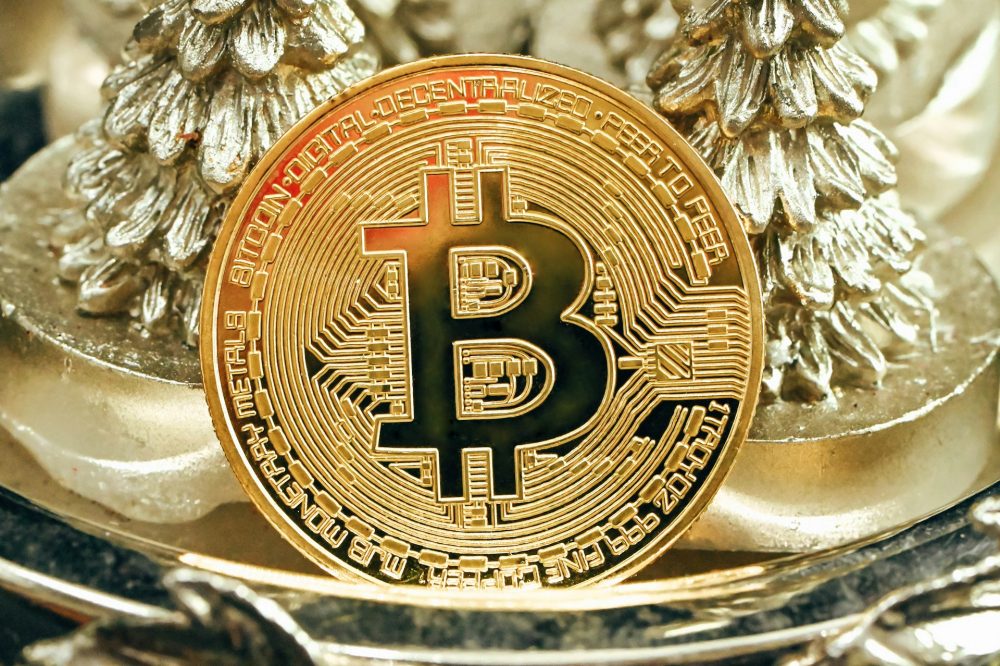Crypto
Ripple Launches EVM Sidechain to Boost XRP in DeFi
Ripple has launched an Ethereum Virtual Machine (EVM) sidechain on XRPL, aiming to bring XRP into the DeFi space. With 100 projects onboard and MetaMask support, Ripple targets “institutional DeFi.” However, competition is fierce, and XRP’s price barely moved. Success depends on adoption, with no usage data yet available to gauge momentum.

The Ripple network XRPL has now been expanded with a sidechain with the Ethereum Virtual Machine (EVM), the standard module for decentralized finance (DeFi). Can XRP now gain new uses?
Ripple’s XRP is the third-largest global cryptocurrency with approximately $130 billion in circulation, but critics repeatedly complain about a lack of meaningful applications. Now, there’s an interesting move. Since yesterday, the Ethereum Virtual Machine (EVM) has been available via a sidechain on the Ripple network XRPL, as the crypto company announced in a blog post . This could attract some of the massive capital behind XRP to decentralized finance (DeFi).
The EVM has established itself as the standard module for DeFi. DeFiLlama lists more than 200 blockchains that have integrated an EVM. In general, applications developed for the EVM can function with manageable effort on any of these projects. “This expands the possibilities in the ecosystem without changing the fundamentals that make XRPL reliable,” says Ripple’s Chief Technology Officer David Schwartz. XRP, as the base currency in the XRPL network, is expected to benefit from this move – but it’s not necessarily a sure thing, as competition among the numerous EVMs in the crypto industry is fierce.
Tough competition among EVM projects – IOTA, for example, largely failed
IOTA, for example, experienced last year that the hoped-for DeFi momentum from the release of an EVM failed to materialize . Even an attempt to increase liquidity in the IOTA EVM through a trick failed. With less than $10 million in TVL in the IOTA EVM, the project can be classified as “also-rans.” However, at the launch of its EVM, Ripple can already point to around 100 projects that are joining and potentially bringing part of their user base with them, including the popular MetaMask wallet.
From Ripple’s perspective, faster processing times and lower fees for the EVM on XRPL compared to Ethereum itself also speak in favor of using the new alternative. However, such arguments also apply to Binance Smart Chain (BSC), Tron, Base, Arbitrum, and others competing for EVM market share. The original EVM on Ethereum itself occupies around 70 percent of this market, and the high decentralization of the ETH network inspires trust.
Ripple sees “institutional DeFi” as an opportunity for the XRPL EVM
When Ripple unveiled its EVM plans about a year ago, it stated that “institutional DeFi” was one of its targets. By this, the company was referring to its customers and partners in the banking and financial sector. Ripple is also bringing its own stablecoin, RLUSD, to round out the package.
Conclusion: Ripple EVM is live – XRP gains hope
The XRP price curve reacted very cautiously to the release of the Ripple EVM, with a daily increase of just over 1 percent – the project will have to prove itself in practice first. The global DeFi community has a good handful of proven EVMs at its disposal, with liquidity counting in the billions, and Ripple will also have to deal with such demands.
If XRP investors and Ripple customers can be as interested in the new EVM as Ripple, this should soon be reflected in the statistics. However, at launch, no independent data on the use of the EVM in the XRPL network is available – whether the project gains momentum remains to be seen in the coming weeks.
__
(Featured image by Alesia Kozik via Pexels)
DISCLAIMER: This article was written by a third party contributor and does not reflect the opinion of Born2Invest, its management, staff or its associates. Please review our disclaimer for more information.
This article may include forward-looking statements. These forward-looking statements generally are identified by the words “believe,” “project,” “estimate,” “become,” “plan,” “will,” and similar expressions. These forward-looking statements involve known and unknown risks as well as uncertainties, including those discussed in the following cautionary statements and elsewhere in this article and on this site. Although the Company may believe that its expectations are based on reasonable assumptions, the actual results that the Company may achieve may differ materially from any forward-looking statements, which reflect the opinions of the management of the Company only as of the date hereof. Additionally, please make sure to read these important disclosures.
First published in BLOCK-BUILDERS.DE. A third-party contributor translated and adapted the article from the original. In case of discrepancy, the original will prevail.
Although we made reasonable efforts to provide accurate translations, some parts may be incorrect. Born2Invest assumes no responsibility for errors, omissions or ambiguities in the translations provided on this website. Any person or entity relying on translated content does so at their own risk. Born2Invest is not responsible for losses caused by such reliance on the accuracy or reliability of translated information. If you wish to report an error or inaccuracy in the translation, we encourage you to contact us

-

 Impact Investing2 weeks ago
Impact Investing2 weeks agoHigh Awareness, Low Adoption: The VSME Challenge for European SMEs
-

 Crypto7 days ago
Crypto7 days agoBitcoin in 2025: Mainstream Momentum, Price Weakness, and a Pivotal Year Ahead
-

 Africa22 hours ago
Africa22 hours agoCasablanca Stock Exchange 2025: A Pivotal Year Toward Financial Maturity
-

 Biotech2 weeks ago
Biotech2 weeks agoCAR-T Therapies: From Breakthrough Cancer Treatment to Faster, Safer, and More Accessible Immunotherapy
























